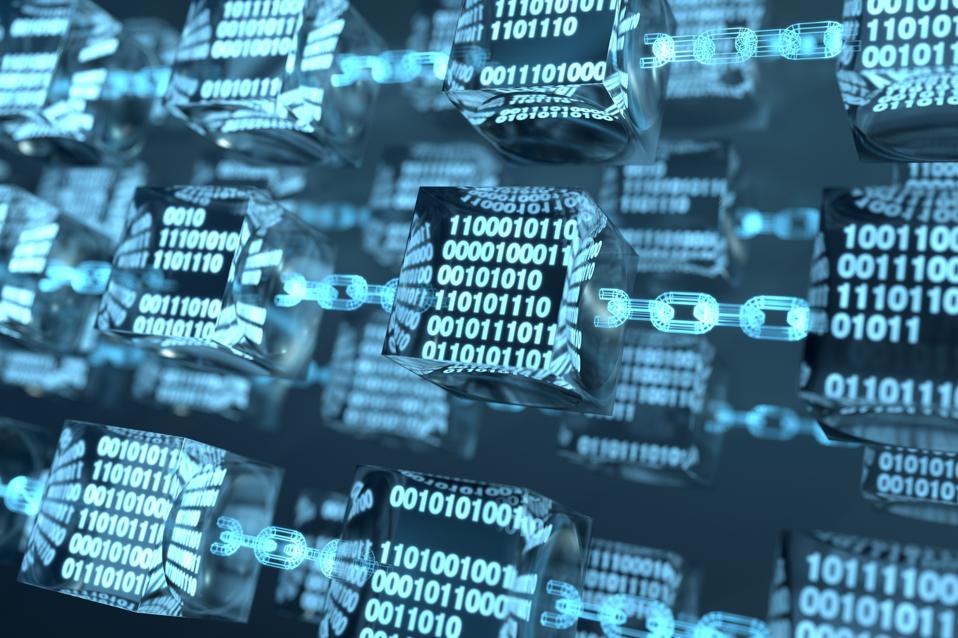Andres Zunino, cofounder of ZirconTech. An AWS partner, his company delivers traditional web and blockchain solutions.
Financial markets are witnessing a significant acceleration in the integration of artificial intelligence (AI) and blockchain technologies, profoundly influencing asset tokenization. This convergence is enhancing operational efficiency, automating compliance processes and expanding access to investment opportunities. The tokenization market is projected to grow from $4.13 billion in 2025 to $10.65 billion by 2029, reflecting a compound annual growth rate (CAGR) of 26.8%.
AI’s analytical capabilities, combined with blockchain’s decentralized ledger, have introduced new operational models in finance, significantly impacting asset management, customer service and risk management. EY reports that intelligent automation can reduce operational costs by up to 40% and speed up service delivery by a factor of five.
Asset tokenization, the process of converting ownership rights into digital tokens on blockchain networks, has gained momentum due to the combined strengths of AI and blockchain. Tokenization is reshaping how ownership and asset management work by addressing challenges like illiquidity and high transaction costs. According to Deloitte, tokenization increases liquidity, enables fractional ownership and improves access to markets that were previously difficult to enter for many investors.
AI-driven analytics have transformed asset valuation, due diligence and risk assessments within the tokenization process. AI systems can synthesize vast datasets, enabling more precise valuations and streamlining due diligence.
These advancements facilitate more accurate and objective asset pricing, providing a robust foundation for investor trust and efficient market operation.
AI Integration Across Asset Tokenization
AI is embedded across the entire lifecycle of asset tokenization, from asset valuation and due diligence to ongoing management and compliance monitoring. Platforms use AI agents to automate critical functions like real-time valuation and compliance checks, reducing manual work and speeding up transactions.
Generative AI (GenAI), which surged prominently in 2024, further enhances asset tokenization by automating intricate processes and generating valuable insights from diverse data types. GenAI’s ability to analyze unstructured data, such as legal and financial documents, is directly applicable to the challenges of asset valuation and regulatory compliance.
For instance, financial institutions like JPMorgan Chase have integrated GenAI tools to process vast amounts of unstructured data, leading to more precise valuations and streamlined compliance checks. This integration has contributed to significant cost savings and improved operational efficiency.
Modern compliance systems have streamlined regulatory adherence, particularly in know-your-customer (KYC) and anti-money laundering (AML) processes. By embedding compliance logic directly into smart contracts, organizations can ensure continuous adherence to regulatory requirements, enhancing the safety and trustworthiness of tokenized markets. Smart contracts can incorporate on-chain KYC and AML measures, ensuring that only verified participants can hold or trade tokenized securities, thereby maintaining compliance with global financial regulations.
Challenges And Future Trajectories
Despite the benefits, integrating blockchain into asset tokenization introduces significant challenges. The evolving regulatory landscape is particularly complex, with firms needing to navigate financial regulations concerning digital assets. For instance, PwC’s 6th Annual Global Crypto Hedge Fund Report highlights that regulatory challenges remain the biggest hurdle to wider adoption of tokenized assets among digital asset-focused hedge funds.
Additionally, integrating advanced technologies into financial services introduces new risks, including algorithmic bias and cybersecurity vulnerabilities, necessitating rigorous oversight and transparent governance. The concept of explainable AI (XAI) has gained prominence due to the need for transparency and accountability in automated decision-making, particularly within highly regulated financial markets.
XAI enables institutions to understand and interpret the outputs of complex models, ensuring that decisions align with legal standards and ethical expectations. This transparency is crucial for maintaining customer trust and meeting regulatory requirements.
Looking Ahead
Between 2024 and 2025, the integration of automation and blockchain reshaped how assets are represented, managed and traded. Despite ongoing challenges, the shift toward tokenized markets is accelerating, driven by capital, technology and the need for more efficient financial infrastructure.
The integration of advanced technologies into asset tokenization is expected to deepen, leading to more dynamic asset management and clearer regulatory frameworks. Industry leaders predict the continued maturation of automation tools, further streamlining complex financial workflows and enhanced interoperability between blockchain platforms. Strategic collaboration within the industry will be essential for addressing technological and regulatory challenges, thereby fully harnessing the transformative potential of these innovations in financial markets.
Forbes Technology Council is an invitation-only community for world-class CIOs, CTOs and technology executives. Do I qualify?


